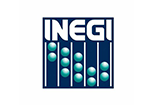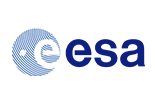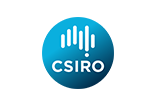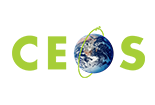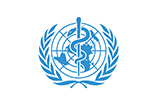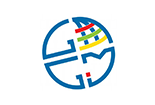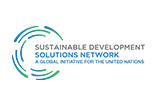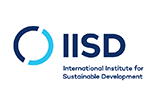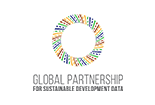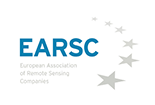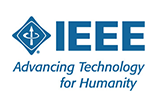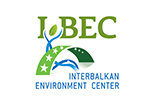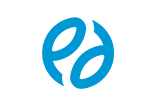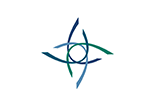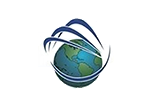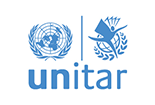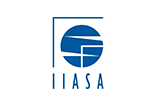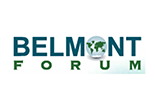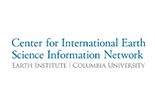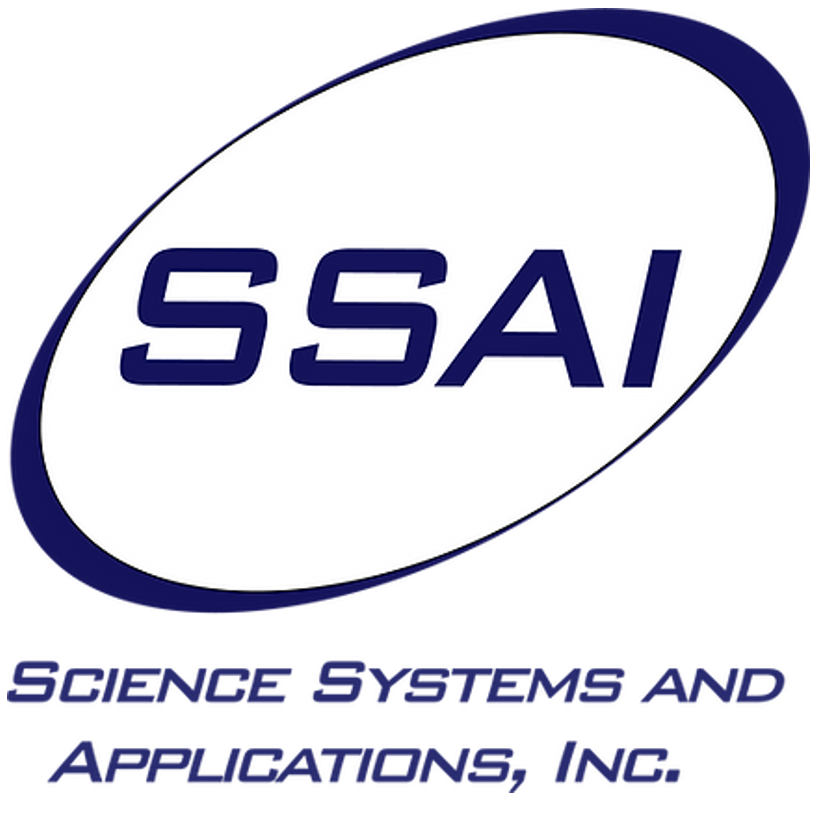NASA’s Water Quality Activities in Support of Reporting SDG 6.3.2/6.6.1
Update: The STREAM system is now up and running. Information on this can be found at STREAM website and at the tool LinkedIn article.
Water is essential for life on Earth. Over-exploitation of water resources through global population growth and impacts of climate change cause water scarcity and increase the demand for clean water. The shortage of healthy water raises concerns for food production (e.g., through aquaculture) and demands practical strategies for maintaining and tracking the state of water supplies, such as lakes, reservoirs, and lakes. As extreme weather events become a new norm at global scales, it is imperative for the countries to establish a reliable and sustainable strategy to monitor their progress toward achieving the Sustainable Development Goals (SDG) 6, i.e., access to clean water and sanitation for all, by 2030.
EARTH OBSERVATIONS
Earth Observation and novel algorithms help to track SDG indicators 6.3.2 and 6.6.1 through analysis.
Two SDG 6 indicators, SDG 6.3.2 (proportion of bodies of water with good ambient water quality) and SDG 6.6.1 (change in the extent of water-related ecosystems over time), explicitly mandate participating countries to report on the quality of surface waters, including lakes, rivers, reservoirs, wetlands, and estuaries. To complement the difficult and costly field- and laboratory-based reporting of water quality, the use of modern technologies, including Earth Observation (EO) and novel algorithms, enables a more comprehensive understanding of each country’s water quality and offers a transparent and fair method for capturing global data for country-specific use and reporting.
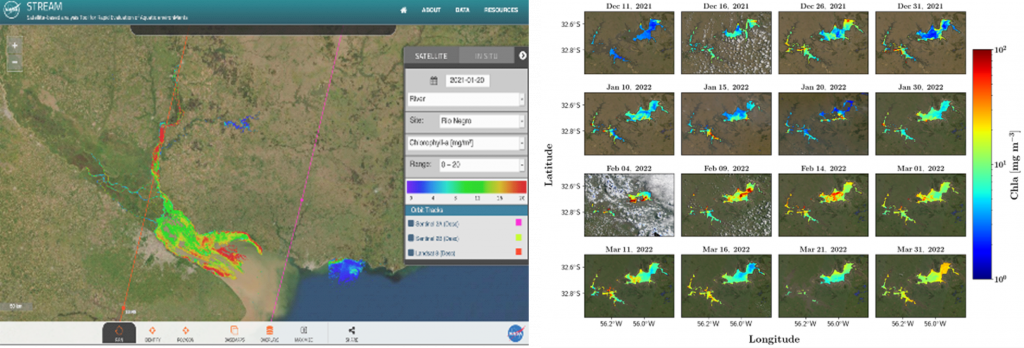
OBJECTIVE
The overarching goal of this project is to address SDG indicator 6.3.2, “the proportion of waterbodies with good ambient water quality,” and its temporal variability (SDG 6.6.1) using EO.
PILOT COUNTRIES
Uruguay uses satellite observations to optimize water resource monitoring, and Peru attempts to improve their monitoring capacity.
Uruguay and Peru have been NASA’s strongest partners. Uruguay’s Ministry of Environment is eager to optimize its water resource monitoring approach by harnessing satellite observations. In recent years, Uruguay has seen significant changes in land-use patterns through afforestation and cropland expansion, leading to an increase in agriculture practices and a subsequent rise in the usage of nutrients that ultimately discharge into waterways. Further, there is a continued increase in urban and industrial wastewater that affects drinking water supplies and recreational waters, raising treatment costs, endangering public health and ecosystems, and leading to economic losses.
In the face of climate variability, Peru has been striving to navigate through the challenges of shrinking water resources and increased anthropogenic pressure exerted via illegal mining, aquaculture developments, and overfishing, to name a few. Unregulated aquaculture growth has lately been attributed to enhanced eutrophication in several aquatic ecosystems. Illegal mining has long contributed to water quality impairment in Peru’s waterways. The Water Authority of Peru has partnered with NASA to improve its monitoring capacity given their large water surface area.
STREAM UNIQUENESS AND COMPLEMENTARITY
The relationship between the current web-based platforms and other monitoring systems is complementary.
The complementary nature of this web-based platform to similar monitoring systems is twofold. First, this system is focused on producing moderate resolution ( 30 m) map products generated from our recently developed processing workflow supported through competitive NASA grants. The products include water transparency, chlorophyll-a, and total suspended solids, which are proxies for water pollution. This largely enhances the SDG 6.3.2/6.6.1 reporting by the inclusion of small waterbodies that are not resolved by other satellite missions (e.g., Sentinel-3 imagery). Second, the output of this system has been widely assessed using global water quality datasets. We will continue to work with countries to validate our map products to ensure highly accurate products are provided and comply with uncertainty guidelines set forth by Agenda 2030.
UNEP INTERACTIONS
There have been communications with UNEP personnel over requirements for implementation and utility for global monitoring of SDG 6.3.2 and 6.6.1.
The development of the methodology and the delivery of our products were communicated with UNEP points of contact responsible for the implementation of SDG 6.3.2/6.6.1 monitoring activities. More specifically, the documentation of the methodology was coordinated with the UNEP and other relevant entities or stakeholders to ensure it meets their needs for global implementation. We will further initiate discussions on the uptake of our system for its implementation and utility for global monitoring of SDG 6.3.2/6.6.1 and work with UNEP to augment this indicator’s metadata by incorporating our proposed methodology for reporting.
CAPACITY DEVELOPMENT
The team has supported ARSET and other educational initiatives in organizing webinars and/or in-person training sessions and in preparation of material to promote the system for its further use in other countries beyond the scope of this activity.
Date Updated: July 31, 2024
Date Published: November 13, 2023
View All Projects





